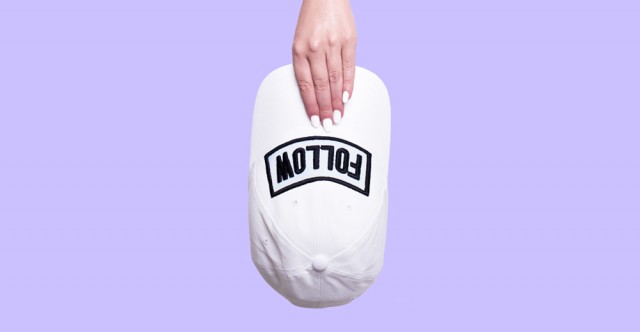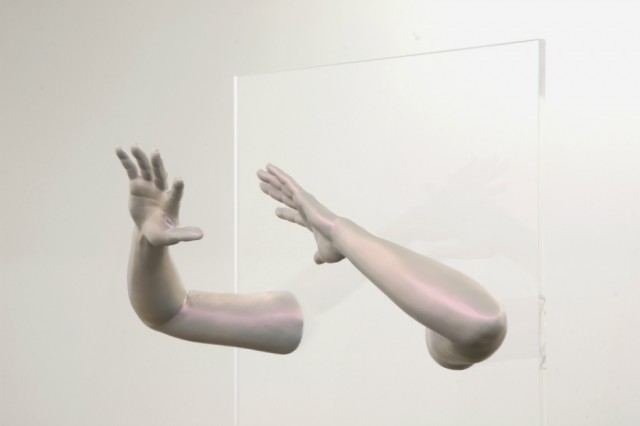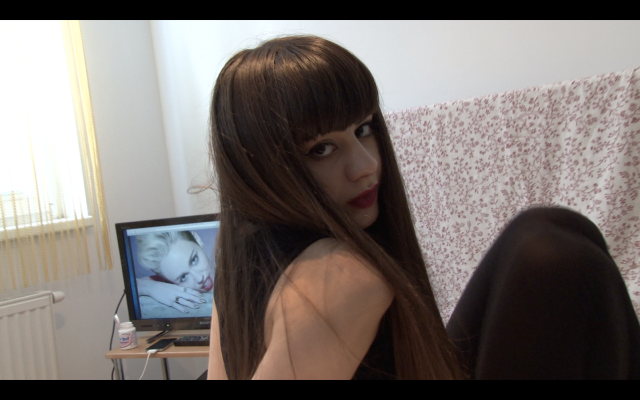All The World’s A Stage: Social Media, Performance And ‘Authenticity’
If a life offline isn’t the path to real life, then what is? Ahead of FACT’s new exhibition about social media, Amy Jones analyses the concept of authenticity through the prism of celebrity advertising and theatrical performance…
Last month, professional Intagramer Essena O’Neill deleted her Instagram account and posted a video to YouTube denouncing the fakery of a life lived online. In it, she detailed her disappointment that followers and likes didn’t equal happiness, proclaiming that “social media isn’t real life.” She also provided an ‘exposé’ of the way big brands and celebrities are using social platforms for their own gains. The post went viral and led to an out pouring of support for the 18 year-old internet starlet, with many joining the ‘movement’ and quitting Instagram too.
I’ve always been fascinated by the intense and rapidly evolving environment of social media, so much so that for the past year (shameless self promotion siren!) I’ve been developing an exhibition all about it called Follow. Opening at FACT (Liverpool) this week, the show looks critically at the ways in which we understand and shape our identity online, through artists including Constant Dullaart, Simon Whybray, Cecile B. Evans, and Kurdwin Ayub.
Naturally then, when I heard about O’Neill’s radical statement, I took great interest. What interested me particularly was the amount of traction the video had gotten, both in the press and throughout the Internet. It really struck a cord with people far beyond her 500,000 Instagram fans. My personal opinion is that people should never continue to do things that make them unhappy and her choice is her own; but what can we learn from O’Neill’s break up with social media and her search for a real life away from Instagram?
Let’s start with her claim that social media is ‘fake.’ Social media sites like Instagram rely on people conforming to and abiding by a number of codes for ‘being’ on the site. Our peers, our idols, our favourite brands, and the many companies that use the site as prime marketing real estate, influence us. It perpetuates specific value systems; i.e. people with more followers and images with more likes are ‘valuable’ and more visible than those without. On top of this, like most — if not all — spaces on the internet, a lot of what the site produces and how it functions is mediated by consumption.
Instagram’s relationship with advertising is sophisticated and, at times, disturbingly subtle. Brands, as O’Neill lays out in her video, use individuals with high follower counts to sell their products for them and the clarity of what is and isn’t an advert is poorly regulated. With many users being guided in particular directions by the brands that hire them, I think it’s easy to agree with O’Neill that Instagram is not the most ‘authentic’ of spaces.

For O’Neill, this led to a feeling of divorce between a seemingly happy and complete online life (in the eyes of the specific codes for happiness on Instagram: health, wealth and beauty) and an unhappy life offline. This realisation that the two spaces might not reflect one another led to a personal revelation that Instagram was an ‘inauthentic’ space and resulted in her decision to delete her account.
This idea of appearing happy online and being unhappy offline is something O’Neill repeatedly expresses during her 20-minute video about the evils of social media. This is where O’Neill introduces us to the concept of ‘real’ life. The life where you can be your true self; where, as O’Neill says, you can “be free and loved.”
In his essay Authenticity as a Service: Networked Society and the Disavowal of Self-Representation (dis magazine (2015)), Rob Horning outlines the complexities bundled up in the idea of authenticity; detailing the extensive and highly successful use of ‘authenticity’ in advertising.
‘[…] Authenticity remains potent as a marketing tool, if not a personal ideal or moral crusade. We still habitually judge people and things in terms of their ‘realness’, even when we know there can be no reference point, no essence that can make the assessment sound.’
For Horning, authenticity is just another marketing tool, another goal that can only be reached by the consumption of a particular product, lifestyle or experience. Even O’Neill uses her search for authenticity as marketing tool when, at the end of the video, she pleas with her followers:

“If you like my videos, or my posts, if they are of value to you, then please support me because I can’t afford my real life right now.”
The ideals perpetuated by our society are so ingrained in the way we understand ourselves that the search for ‘realness’ is just as wrapped up in consumerism as those people, profiles and adverts that we see as fake. The only difference between ‘fake’ and ‘real’ is that ‘real’ has a bigger marketing budget.
If authenticity itself is a marketing tool, then removing yourself from Instagram in search of ‘the real’ is a fruitless endeavour. In her search for ‘realness’, O’Neill is simply creating a different set of criteria for the perfect life, no doubt influenced by a new set of people and a new framework, but equally as problematic. She encourages her viewers — those who agree with her statements about Instagram — to follow her to her new website letsbegamechangers.com. Here, she offers us a kind of tool kit for a more authentic life away from social media: vegan recipes, self-help books and music which for O’Neill all add up to a better, more authentic lifestyle.
But what if, rather than providing us with a more ‘real’ life, these things just provide us with a new set of criteria to help us construct our ‘authentic’ identity? O’Neill might feel that she has autonomy over herself on her new website, but what about her followers?

If a life offline isn’t the path to real life, then what is? Are the forces acting on O’Neill, on all of us, escapable in any realm? For this I turn to seminal performance theorist Victor Turner and his ideas around acting and ‘real life.’ In his essay Acting in Everyday life and Everyday Life in Acting (from his book From Ritual to Theatre: The Human Seriousness of Play (1982), Turner positions theatre as the purest form of representation, more so even than ‘reality’ itself. ‘[Theatre]‘, he notes, ‘presents the false face in order to portray the possibility of a true face.’
Turner is looking at a specific type of theatre that presents the drama of everyday life. He notes: ‘In modern theatre, stage-roles undermine everyday life roles, declaring the latter ‘inauthentic.’’ By acknowledging the fact that behaviours can be mimicked and attitudes, opinions and personalities adopted convincingly by those they do not belong to, the actor reveals the grand illusion of identity, exposing the possibility that it’s not real.
For Turner, this results in a more real representation of self because we are aware of it’s ability to be performed. By playing the role of an individual different from yourself in a play, one acknowledges that that an identity and a reality can be ‘acted’ and, in turn, critiques the idea that any individual can be truly ‘authentic.’ In a world where the lines between real and fake are so unclear (and sometimes even appear to be the same thing), the idea of performance becomes liberating. It becomes authentic in its reality as performance.
If authenticity and ‘realness’ have been adopted as marketing tools, and fakery is really no use to anybody, then perhaps we find comfort and can be at ease with social media, the wider world and even ourselves by acknowledging the actors, the props and the scripts. We’re all playing a role; half the battle is acknowledging that. In her search for ‘realness’, all Essena O’Neill is really doing is changing stages.
Amy Jones
This article has been commissioned for the collaborative #BeACritic project — an annual programme of mentoring and commissioned critical articles for North-West-based writers, initiated and supported by The Double Negative, Liverpool John Moores University and Arts Council England. See more here
Visit Follow at FACT Liverpool from Friday 11 December 2015 to Sunday 21 February 2016 – FREE
Top: Essena O’Neill’s video on YouTube denouncing the fakery of a life lived online. Images from top: exhibiting artists in Follow: Simon Whybray; Cecile B. Evans, What A Feeling (detail) (2014); Kurdwin Ayub






